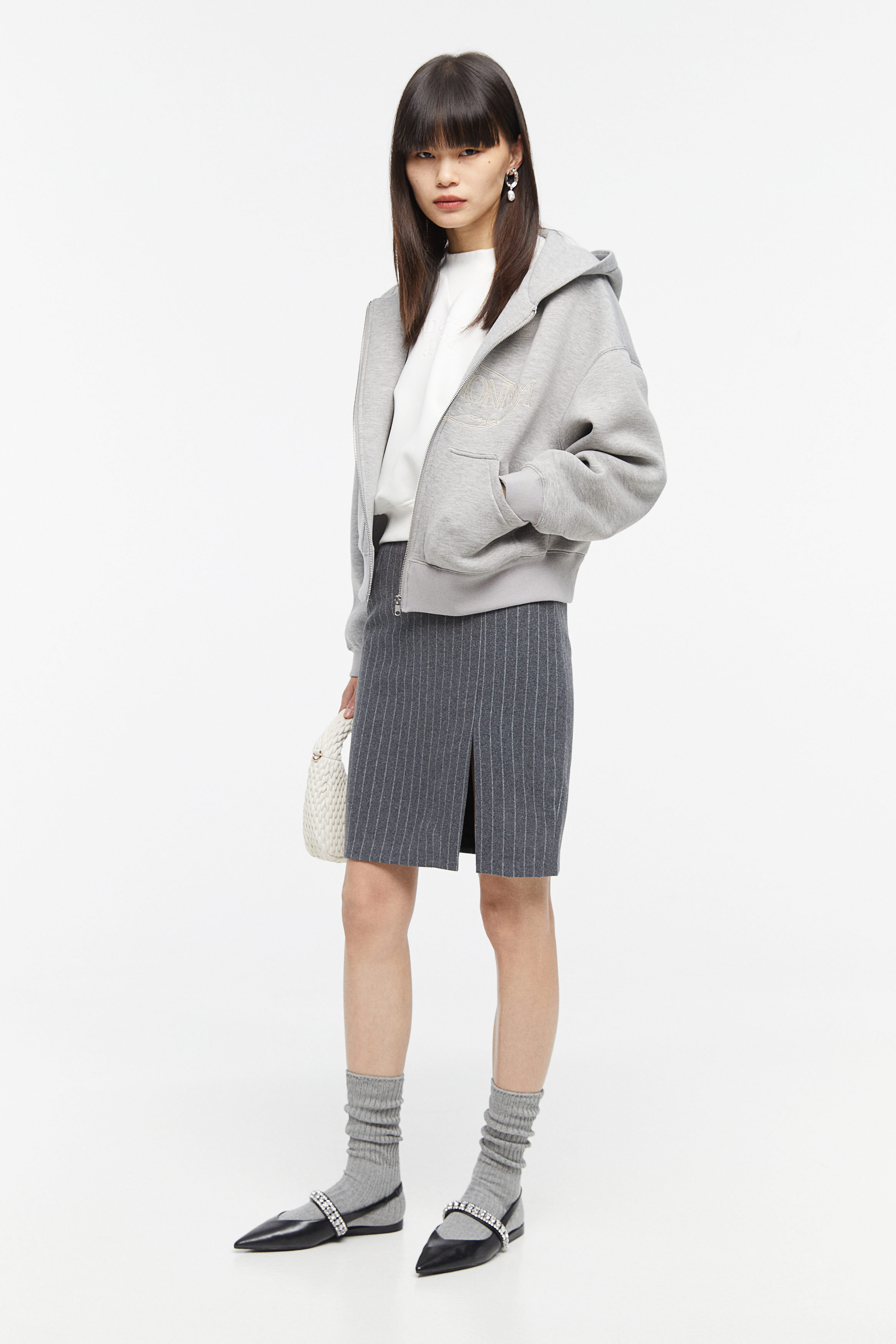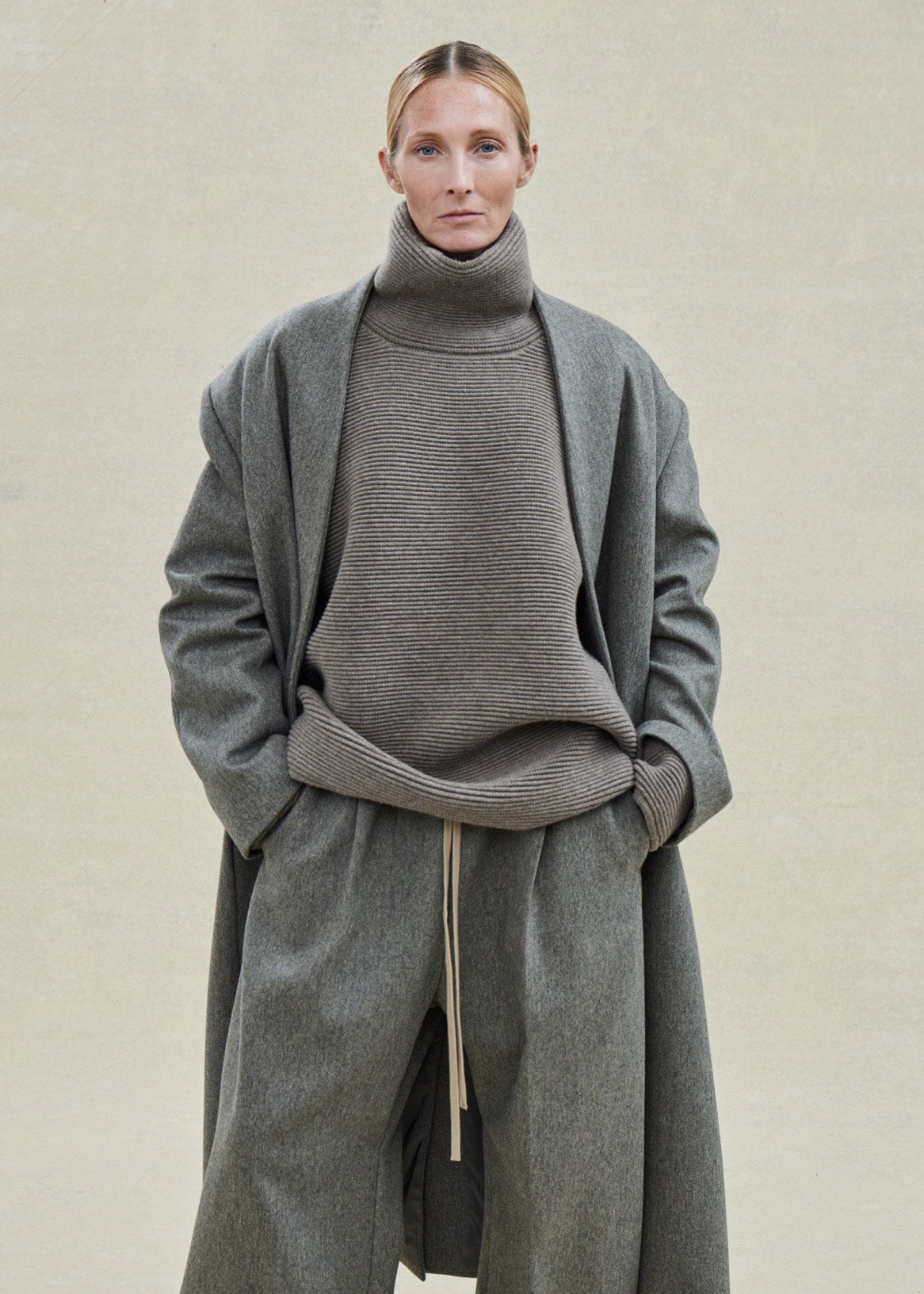Zips on Jackets: A Closer Look
In this article, we take a closer look at the zippers on jackets. We explore the history of zippers, their evolution, and the different types available today. We also discuss the benefits of zippers on jackets, including their convenience, versatility, and durability. Additionally, we provide some tips for choosing the right zipper for your jacket and explain how to properly care for them to ensure their longevity. Finally, we address some common issues and concerns about zippers on jackets to help you make an informed decision about whether or not to use them on your next jacket design.
Zippers, often taken for granted, are a crucial component of jackets, particularly those made of down or synthetic insulation. They serve to keep the wearer’s body heat inside the jacket, preventing heat loss through the zipper opening. Jackets with zippers are popular for their versatility, as they can be worn in colder weather conditions for extra warmth and protection from the elements.

The use of zippers on jackets dates back to the early 20th century, when they were first introduced as a practical alternative to buttons. As time progressed, zippers became more common in outdoor wear, particularly in jackets designed for skiing, hiking, and other cold-weather activities. Today, zippers are an integral part of many jackets, offering a secure and waterproof closure that can withstand harsh weather conditions.
When it comes to jackets with zippers, there are several important factors to consider. First, the type of zipper used can significantly impact the performance and longevity of the jacket. Metal zippers, for example, are sturdy and reliable but may not be as waterproof as plastic or nylon zippers. On the other hand, plastic zippers are lightweight and provide good water resistance but may not have the same durability as metal zippers. Nylon zippers offer a good balance between strength and water resistance.

Secondly, the placement of the zipper on the jacket can also be important. Zippers that are positioned too high on the neckline can be uncomfortable to wear and may not provide enough ventilation in warmer weather conditions. Conversely, zippers that are too low on the chest may not keep out cold air as effectively. Finding the right balance between these two positions is essential for creating a comfortable and effective jacket design.
Thirdly, the length of the zipper can be a factor to consider. Longer zippers may provide more coverage and warmth but can also be more cumbersome to use. Shorter zippers may be easier to manage but may not offer as much protection from the elements. Again, finding a balance between these two extremes is essential for creating a practical and useful jacket design.

In conclusion, zippers on jackets serve an essential function: keeping the wearer’s body heat inside the jacket while providing a secure and waterproof closure. However, there are several factors to consider when selecting zippers for jackets, including type, placement, and length. By carefully evaluating these factors, designers can create jackets with zippers that offer both comfort and performance in cold-weather conditions.
Articles related to the knowledge points of this article:
Title: The Art of Tie Selection for Job Interviews: A Guide to Making a Lasting Impression
Feather and Cotton Pants: A Fashionable and Functional Winter Wear



